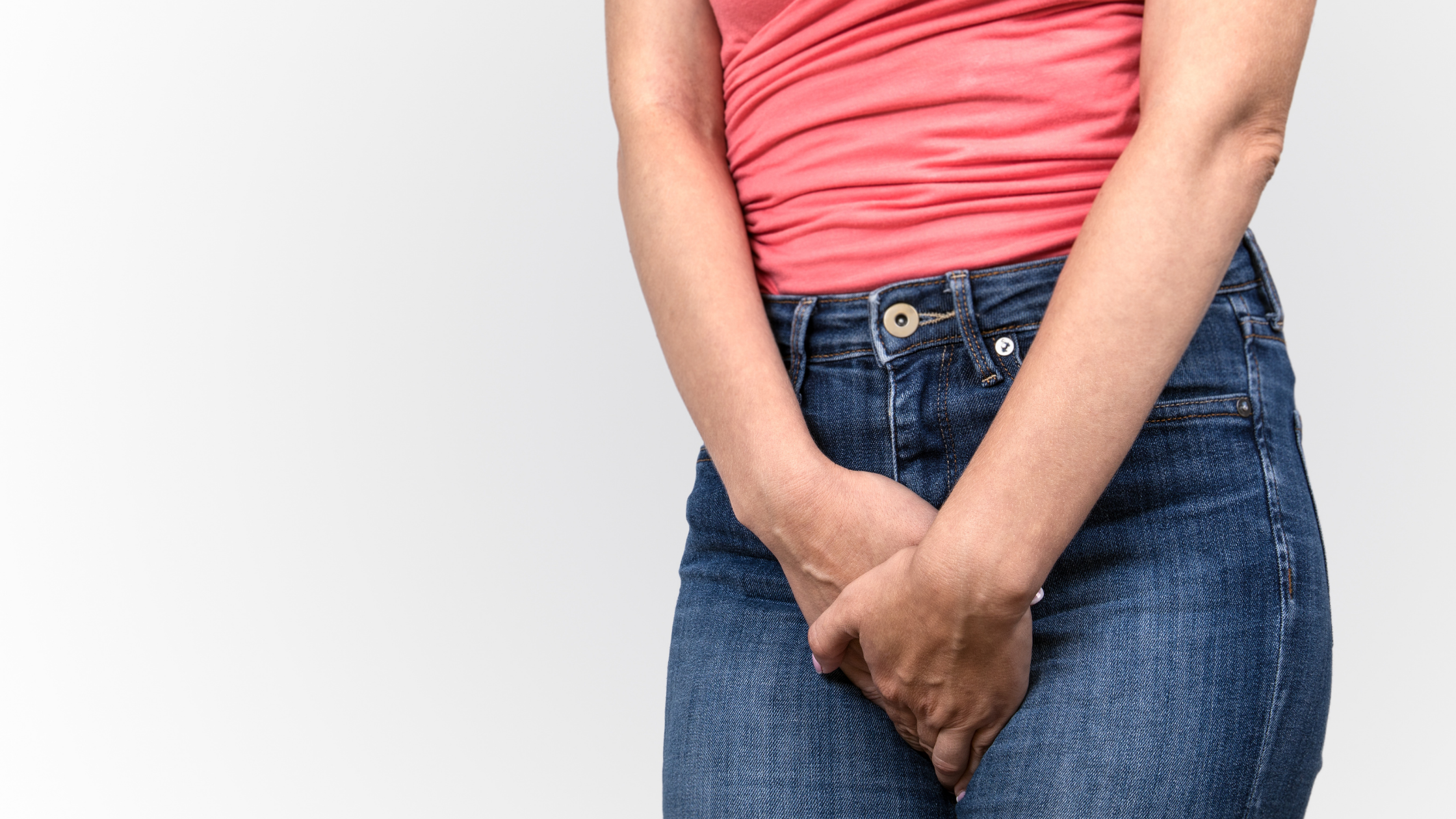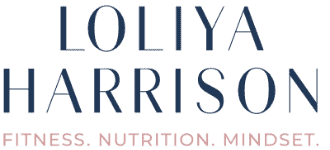Any of this feel familiar: you open the front door and suddenly have to drop everything to rush for a wee; you need a wee when you start exercising, despite going just before you started; you get up several times in the night to use the loo?
If these examples resonate then you may have Pelvic Floor (PF) dysfunction. It’s time to find ways to restore and manage the health of your pelvic floor. Read on.

1 in 4 women suffer from a Pelvic Floor condition.
The Pelvic Floor consists of a group of muscles, which run from the pubic bone at the front of the pelvis to the coccyx at the back and from sitting bones on the left and right
Menopause can lead to a weaker PF due to the loss of the protective effects of oestrogen. Other factors include ageing, childbirth and birth trauma, nerve injury, diabetes, high blood pressure.
Our PF muscles need to be maintained and strong to properly perform their crucial functions.
Four functions of the Pelvic Floor muscles
Support – the PF muscles support key organs – bladder, bowel, uterus, urethra, anus and vagina.
Stability – PF muscles are part of a complex of muscles connecting the upper and lower body. This complex stabilises the pelvis to enable the trunk and lower body to move with ease – essential when running, jumping etc.
Sphincter control/continence – The PF muscles wrap around the openings of our vagina, urethra, anus, and allow for voluntary control of bodily functions. We rely more on our pelvic floor to voluntarily control urine and faeces when our oestrogen levels decrease in perimenopause and menopause, as oestrogen provides us with some ‘autonomic’ control.
Sexual pleasure – the Pelvic Floor is important for arousal and orgasm.
How do I know if my Pelvic Floor is weak?
The most common indicator is ‘stress urinary incontinence’. In other words, leaking when exercising, sneezing, laughing. A sudden urgency to wee is another sign. Some women find this embarrassing and they stop doing strenuous exercise such as resistance training. This makes them more susceptible to muscle mass loss and weaker bones generally, and the pelvic floor of course continues to weaken.
Another, more serious, symptom is ‘pelvic organ prolapse’. The pelvic organs start to descend towards the outside of the body through the vagina or anus. Common symptoms of pelvic floor prolapse are:
- Feeling pressure in the genitals or lower abdomen (as if something is falling out of your body).
- Bladder or bowel issues such as faecal/urinary incontinence – difficulty initiating a urine stream, faecal straining, a feeling of incomplete emptying of your bowels or bladder
On average women wait 6.5 years from the first time they experience symptoms before they seek help and get a diagnosis – do not wait until you have serious symptoms before taking action. The health of your pelvic floor needs to be a consideration from childbearing age to menopause and beyond.
So What can we do to manage the health of our pelvic floor?
If you suspect you have a weak pelvic floor, get an assessment with a pelvic physiotherapist. They will be able to see exactly where your issues are and give targeted advice.
Other ways to manage a weak pelvic floor are:
- Reduce your risk of constipation – include fibre in your diet (lots of vegetables, beans, oats, seeds, nuts), drink plenty of water, move more (walking is good). If you are straining when going to the toilet, you are probably constipated.
- Engage your PF muscles regularly – by contracting and relaxing the pelvic floor muscles. Cues to help you contract the muscles are: close the vaginal and anal opening, squeeze the anus closed as if to prevent passing gas. To relax the muscles do the opposite . Try contracting and relaxing slowly 10 times, then quickly, then hold the contraction for count of 10 and relax. (No one knows what you are doing.) Do this several times a day, when you are sitting, standing or lying down.
- Strengthen the lumbo-pelvic-hip complex – these are the muscles that support your pelvis such as your hamstrings, quads, hip flexors, lower back muscles, glutes (bum muscles), abdominals. Exercises such as squats, lunges, pilates bridges, pilates prone swimming, crunches, pilates abdominal series of 5 are all good. Remember if you are not sure of the proper techniques book a few sessions so that you get proper instruction and feel confident exercising.
- Proper core engagement – your core muscles are your deep abdominals and glute muscles. These are important when lifting or doing normal daily activities. Pilates, crunches, planks, bridges are good.
- Improve your posture and breathing – Poor posture and disordered breathing techniques create unnecessary strain and result in poor alignment in the lumbo-pelvic-hip complex. Yoga, pilates, nasal breathing techniques, breathing using your diaphragm, shoulder stabilisation all help here.
Key things to remember:
- If you think you have symptoms of a weak Pelvic Floor, seek help – a pelvic physiotherapist is a good start.
- Whether you have symptoms or not, start incorporating the management strategies described above to keep your Pelvic Floor healthy and strong. Reduce your risk of constipation, engage your PF muscles daily, strengthen your lumbo-pelvic-hip muscles, learn how to engage your core properly and improve your posture and breathing.
If you know anyone you think would benefit from this article, please feel free to share.



0 Comments